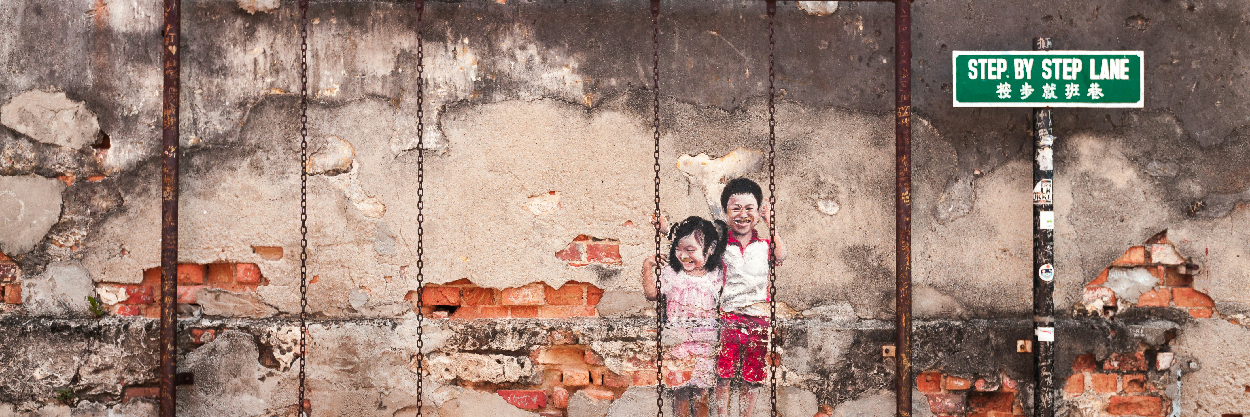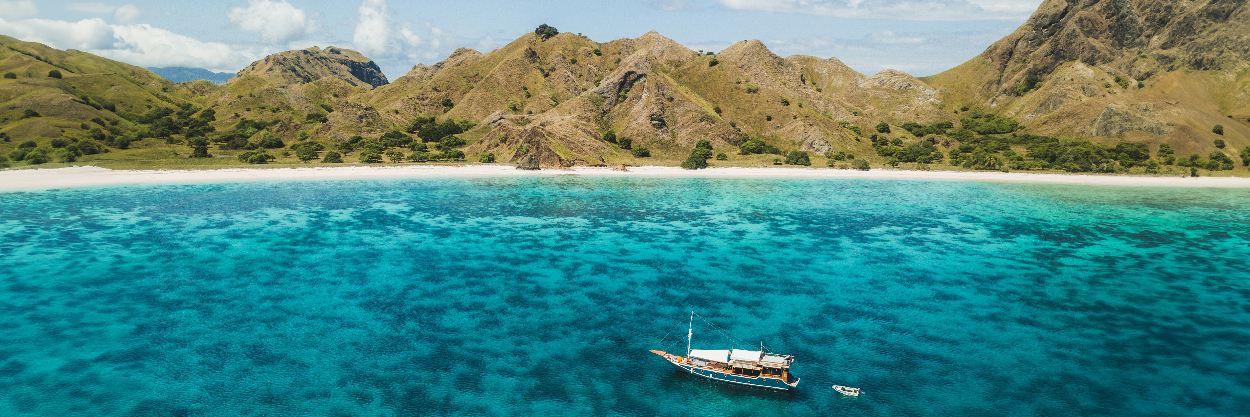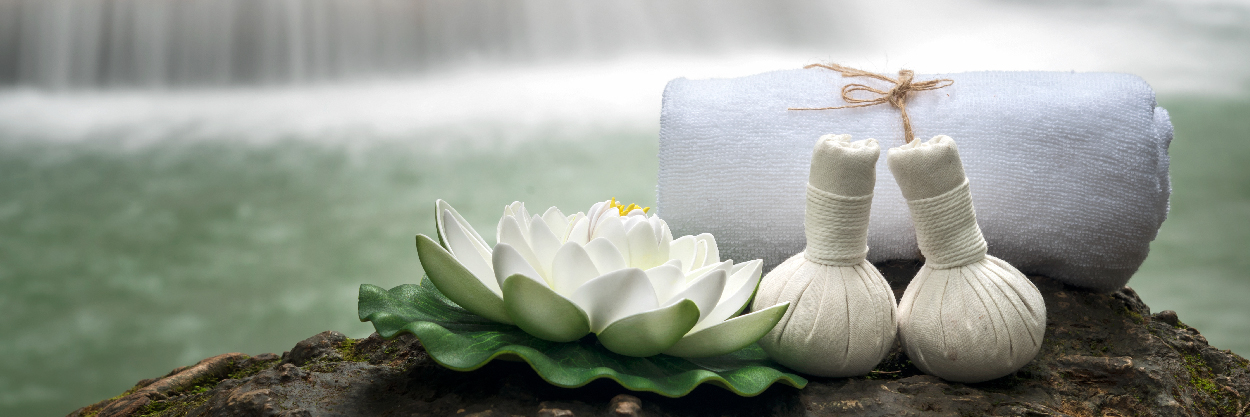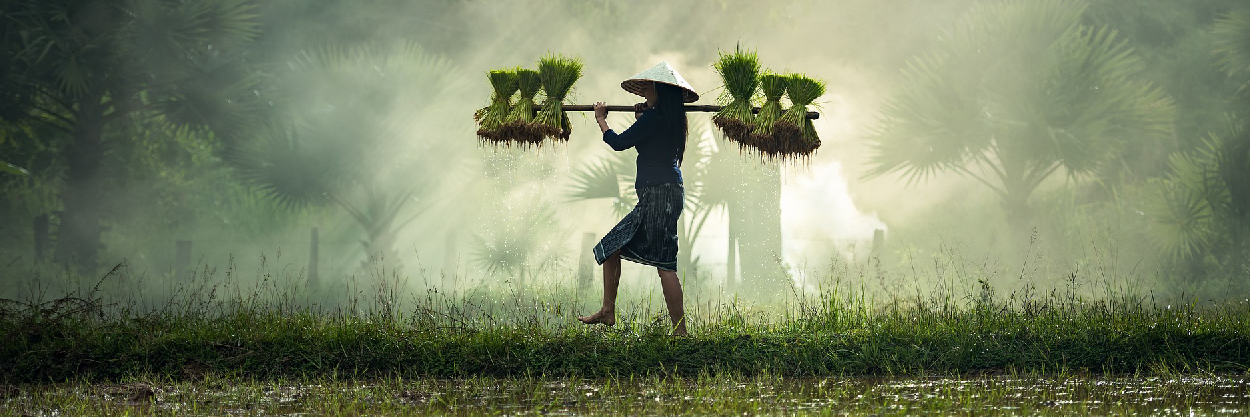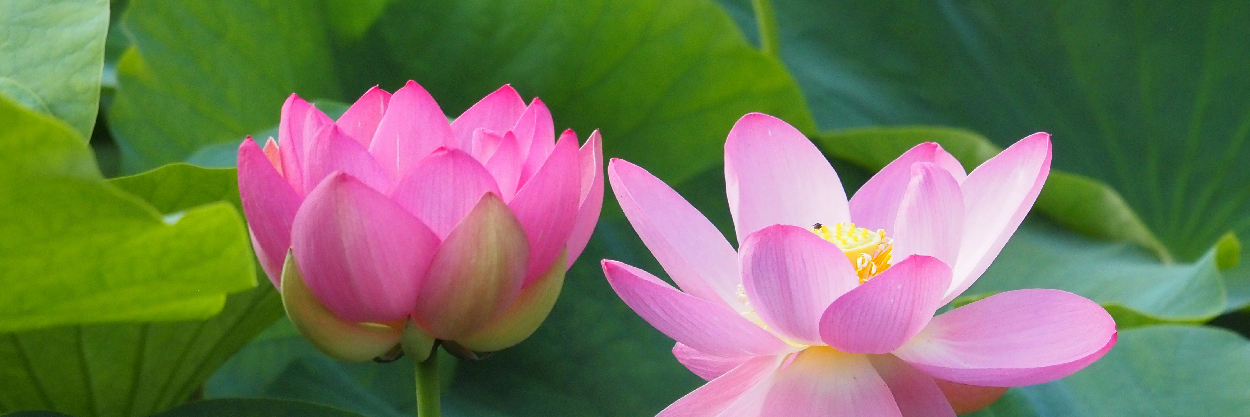Journey to Zhangjiajie – China’s Avatar Mountains
China is famous for its majestic mountains. Historical landscape paintings and scrolls dating back hundreds of years showcased the beauty of the country’s nature, its remote mountain peaks and mighty rivers.
Journey to Zhangjiajie – China’s Avatar Mountains
China is famous for its majestic mountains. Historical landscape paintings and scrolls dating back hundreds of years showcased the beauty of the country’s nature, its remote mountain peaks and mighty rivers.
Thanks to planes and high-speed trains China has managed to link its cultural and scenic highlights into short rides of just a few hours. City life at 9 am and mountain scenery at noon are all within easy reach for the modern traveller today.
Asian Trails held its Board of Directors meeting in Shanghai this year and on its conclusion the executive team travelled to Zhangjiajie. As the word is quite impossible to pronounce for non-Chinese speakers I will instead refer to the region as the ‘Avatar Mountains’ for this story.
These mountains are the amazing scenery depicted in ‘Avatar’, the famous 2009 American epic science fiction film directed, written and produced by James Cameron. However, I have to say that in real life they are even more stunning than the Hollywood version and are really a unique sight to behold.
The rocky mountain peaks shoot straight up from the plain towards the sky. The forms they take are quite different from each other – some are thin and sharp, others rounded and in more triangular shape – all evoking an aura of mystery and secrecy. Mist and fog often envelope them, bringing to mind the historical scrolls where mountain peaks are shrouded in aquarelle colours.
The Avatar mountain area is vast and at least two days are needed to see the main sights. It is well connected by roads and cable cars and, in amazing Chinese modern fashion, there are even escalators inside the mountains and panoramic elevators outside taking visitors from plain to peak in just a few seconds.
Some of the roads are as winding as in my native Switzerland, and would be perfect for a car race in a James Bond movie. Chinese modernism did not stop at the escalators inside the mountains; there is even a monorail taking visitors along a valley to the most instagrammable stop.
An absolutely incredible sight is the new glass bridge – Zhangjiajie Grand Canyon Skywalk – spanning more than 500 metres over a valley. An architectural masterpiece the bridge is definitely not for the faint-hearted, and many visitors choose to look straight ahead than through the glass floor down to the valley hundreds of metres below.
The skywalk is just the beginning of more developments in that part of the Avatar Mountains. I saw more elevators under construction, which I guess will become the longest in the world and probably the fastest too.
For visitors who are frightened of heights riding in mountain elevators and escalators there are other options to enjoy the Avatar Mountains. These include the close-to-nature options of walking on small paths and staircases to enjoy the peace and beauty of the mountains away from the crowds of tourists and souvenir shops. Bring your own picnic basket, find your favourite spot, sit down, relax and enjoy the natural beauty.
There are few Western visitors in this part of China currently, and the vast majority of tourists are Chinese domestic travellers. However, I foresee the beginning of an influx of regional travellers from Korea and Thailand in particular, and it will only be a matter of time before the Avatar Mountains feature prominently in Western itineraries.
Zhangjiajie has its own airport serving both domestic and regional routes with easy access from Shanghai, Beijing and Guangzhou. There is reasonable accommodation in the standard four and five star hotel segment, but no luxury hotels have found its way to this part of China yet. There are local restaurants serving Hunan province specialties in a fancy but charming newly-built tourist town, and souvenir shops selling everything from mushrooms to antiques.
For a spot of fun attend the two evening shows – the seasonal outdoor Tianmen mountain show and the indoor Charming Xiangxi performance. Both are modern productions of ancient folk tales and absolutely worth a visit.
Contact Asian Trails China for your tailor-made itineraries to Zhangjiajie and other parts of China.


